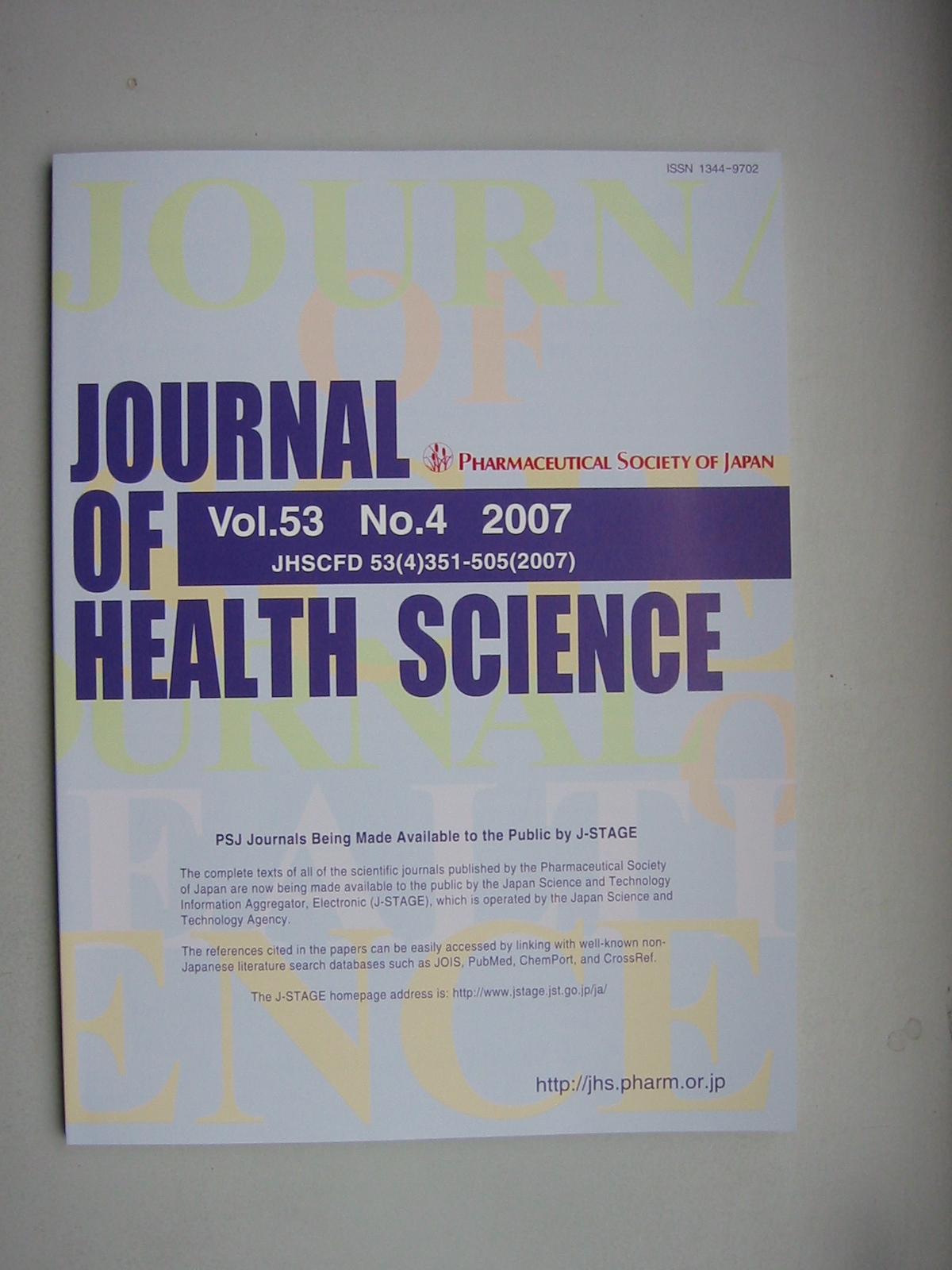57 巻, 4 号
選択された号の論文の9件中1~9を表示しています
- |<
- <
- 1
- >
- >|
REVIEW
-
2011 年 57 巻 4 号 p. 311-333
発行日: 2011年
公開日: 2011/08/01
PDF形式でダウンロード (3437K)
REGULAR ARTICLES
-
2011 年 57 巻 4 号 p. 334-340
発行日: 2011年
公開日: 2011/08/01
PDF形式でダウンロード (201K) -
2011 年 57 巻 4 号 p. 341-349
発行日: 2011年
公開日: 2011/08/01
PDF形式でダウンロード (537K) -
2011 年 57 巻 4 号 p. 350-355
発行日: 2011年
公開日: 2011/08/01
PDF形式でダウンロード (428K)
RESEARCH LETTERS
-
2011 年 57 巻 4 号 p. 356-361
発行日: 2011年
公開日: 2011/08/01
PDF形式でダウンロード (881K) -
2011 年 57 巻 4 号 p. 362-366
発行日: 2011年
公開日: 2011/08/01
PDF形式でダウンロード (718K) -
2011 年 57 巻 4 号 p. 367-371
発行日: 2011年
公開日: 2011/08/01
PDF形式でダウンロード (634K)
RAPID COMMUNICATIONS
-
2011 年 57 巻 4 号 p. 372-377
発行日: 2011年
公開日: 2011/08/01
PDF形式でダウンロード (315K) -
2011 年 57 巻 4 号 p. 378-383
発行日: 2011年
公開日: 2011/08/01
PDF形式でダウンロード (313K)
- |<
- <
- 1
- >
- >|
